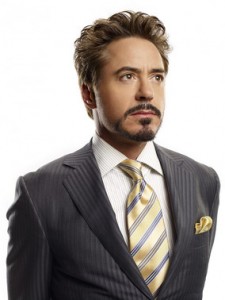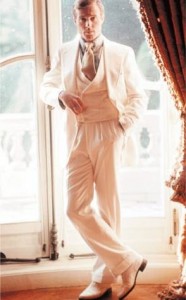
Learning how to mix and match the patterns in your wardrobe is a fundamental component to dressing well.
While quality of clothing is important, being able to successfully mix and match patterns is essential to putting a cohesive look together. Just because you buy expensive paints, doesn’t mean you’re Picasso. You must learn how to masterfully use the paint in order to create a work of art. The same idea applies to style.
The secret to matching two or more patterns rests with these three fundamental elements: scale, color and design.
Scale is the most important component to combining patterns, especially when pairing two similar patterns. It is perfectly acceptable to match a pinstripe suit with a striped shirt, as long as the scale and size of your stripes are not the same. For example, a pinstripe suit with 3/4 inch wide stripes should only be worn with a shirt whose stripes are significantly closer together.
One of the simplest ways to incorporate multiple patterns into your wardrobe is through the use of color. When pairing a patterned suit, shirt and tie, color can be the common thread that links these otherwise unrelated items together. For example, a traditional glen plaid suit with a light blue windowpane can easily be worn with a light blue checked shirt. To complete the look, add a red tie with a light blue geometric pattern.
Design is the final element to consider when combining multiple patterns. When matching 3 or more patterns, it is important that they are not the same design. This will prevent your patterns from visually competing with one another. A pinstripe suit should not be worn with a striped shirt and striped tie. Instead, exchange one of the striped patterns for a geometric pattern. This will give you a more cohesive look.
Being able to mix and match your patterns is a great way to broaden your wardrobe. When you succeed, it looks effortless and when you fail, everyone notices.









